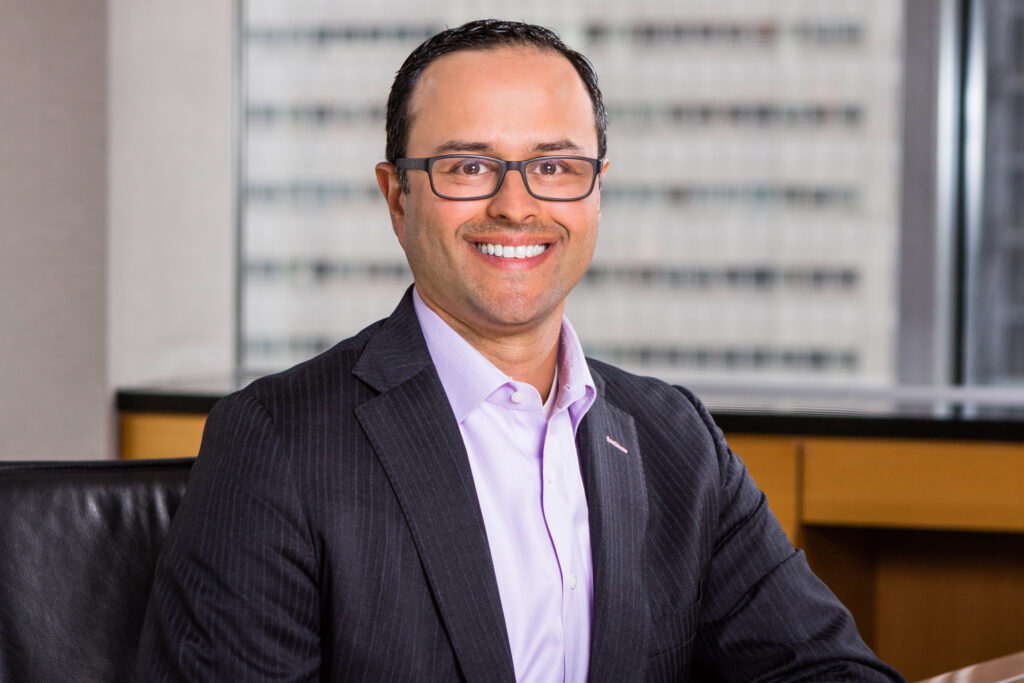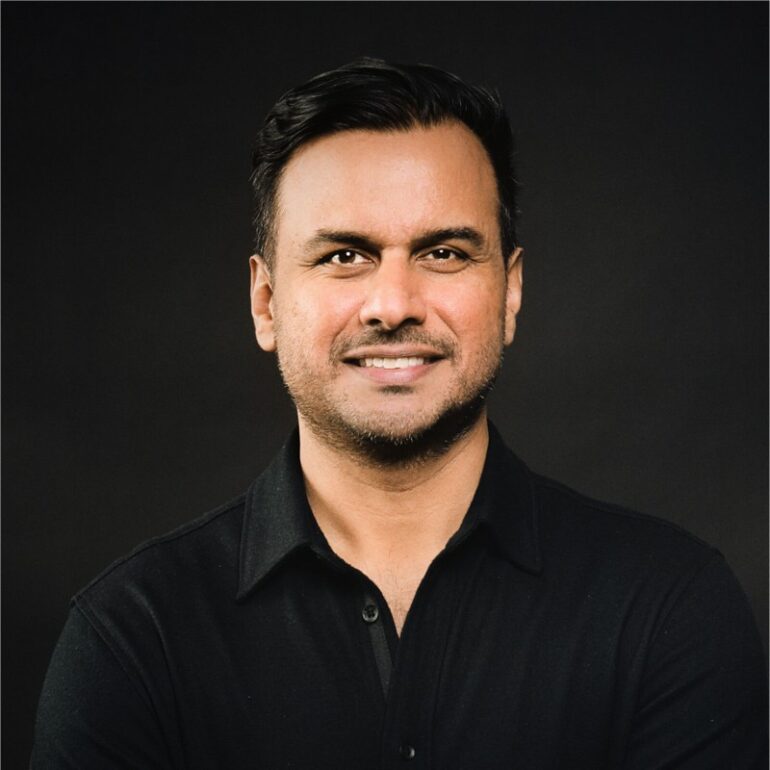EY Nexus for Banking Powered by MoneyLion unites two category leaders to help banks scale with integrated digital financial solutions. The partnership promises expedited technical automation, data-driven personalization for an enhanced customer experience, organic growth, and innovation.
EY financial services consumer banking leader Nikhil Lele said the solution is based on three pillars. It must drive new organic growth avenues. Secondly, it must capture real-time intent (including how data signals are leveraged), how to inject more tailored and adaptive content, and how to drive more relevant end-consumer engagement. The final piece is ecosystem interoperability.
The importance of shared vision
Discussions evolved over a year as EY and MoneyLion sought to meet a marketplace need for fuller-scale solutions where services and technology are wrapped together. Roles and responsibilities were clarified, knowing that rushed partnerships often unravel. Clients were consulted, and pressure tests completed.

MoneyLion founder and CEO Dee Choubey said that even though the two companies are different in many ways, they are headed in similar directions on prioritizing platform solutions.
“The alignment on this common vision is coalescing around platform solutions that could be taken at a broader scale to the more expansive banking industry and then even broadly in the future state, across any institution that seeks to extend into financial services,” Choubey explained.
“EY is a category-leading company and financial services advisor in transformation services and capability and risk and regulatory matters,” Lele said. “And MoneyLion is a category-leading company in direct-to-consumer fintech finance and, now, increasingly, the enterprise marketplace business.
“This is the classic ‘how can we create a one-plus-one-equals-three scenario’. Throughout the process, we realized that we’re not just putting two category-leading things together and saying we’re doing it in unison. We’re creating a new category by doing this, and it’s a new category of solution that doesn’t exist on an apples-to-apples basis in the marketplace today.”
MoneyLion’s consumer engagement plan
Choubey said MoneyLion’s growth history and vision prepared it to serve consumers across a growing number of environments. First came a neobank, then the acquisition of Even Financial, which became Engine by MoneyLion. MoneyLion also bought a media business.
“It’s been our thesis all along that you can’t just be a debit card,” Choubey said. “You can’t just be a savings account, a robo advisor or a high-yield checking account. You have to help the consumer navigate through these various inflection points. And with technological advancements over the last 10 years, it’s been more feasible than ever.”
How EY and MoneyLion built a responsive solution
An effective system caters to the strengths of banks serving different segments across geographies. Those customers must integrate the technology within three months, lest it slow them down. They need to know they’ll soon be on the same personalization and contextualization levels as the most agile fintechs.
Those institutions engage daily with their clients across a broader range of media. Data changes instantaneously and is easily transported. With a robust technological base and access to each other’s client bases, the EY/MoneyLion partnership is poised to gain ground. And fast.
Consider the example of a mid-tier bank. Lele said benefits include EY’s advice, risk management services, and the ability to drive scale through transformation. Add in MoneyLion’s unique marketplace position, and you have a set of ecosystem integration capabilities driving a unified customer experience.
Getting customers quickly up to speed
“We can go to a bank and say they don’t need to replace their legacy platforms,” Lele said. “They may be on multi-year journeys, ripping and replacing legacy cores. In the meantime, we will provide the full abstraction layer that allows them to integrate into this modern ecosystem of marketplace finance and other fintech capabilities. Then they can rip and replace on their own schedule.”
Banks don’t have to wait until their legacy cores are replaced. That allows them to drive end-consumer differentiation and prevent losing them to competitors.
Choubey said that if an institution wants to attract all of a customer’s business throughout their lives, they need to leverage data that can be hard to access. It must be moved from abstract to interface layers so the institution can quickly respond to a signal or advertise an opportunity to a market segment.
“This is all intelligence that exists inside the four walls of the bank, but they’re unable to use it,” Choubey said. “This is something where MoneyLion has excelled over the last 10 years, using that data in a modern media tech stack. Allow those inferences to be deduced and taken out in real-time.
“It accelerates additional fee income generation or non-interest income generation for the bank so they can start participating as a marketplace for financial assets that are core to their day-to-day activities.”


